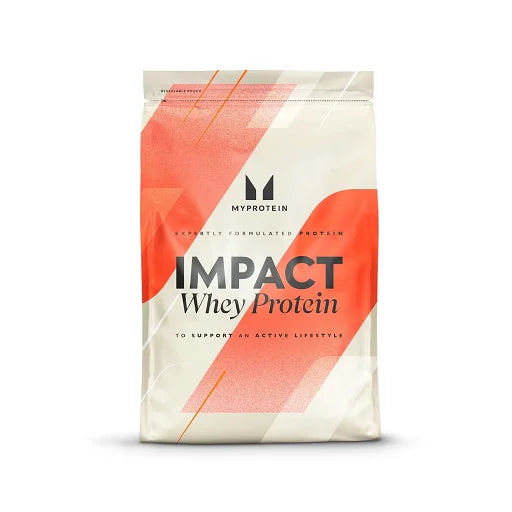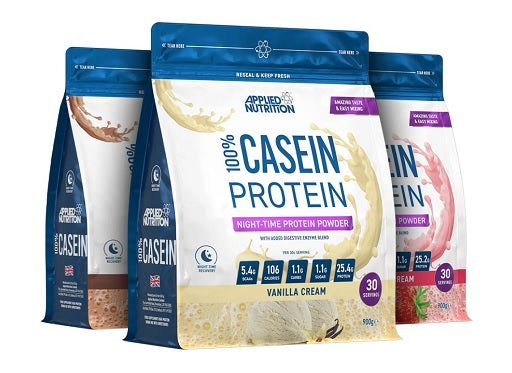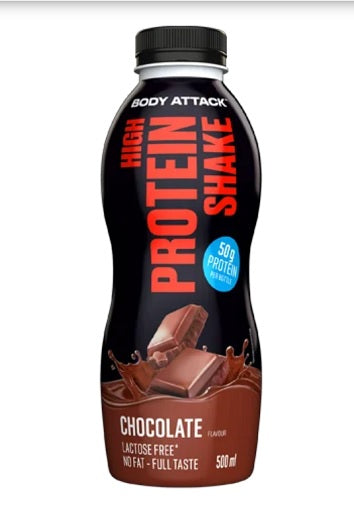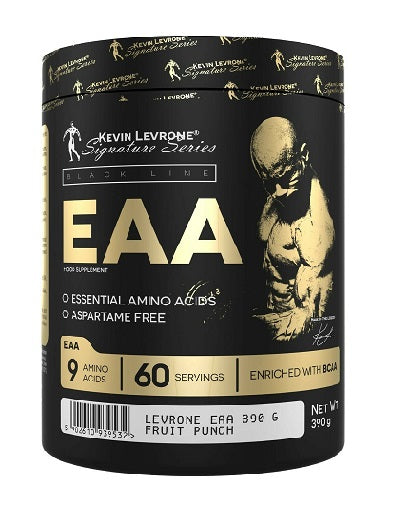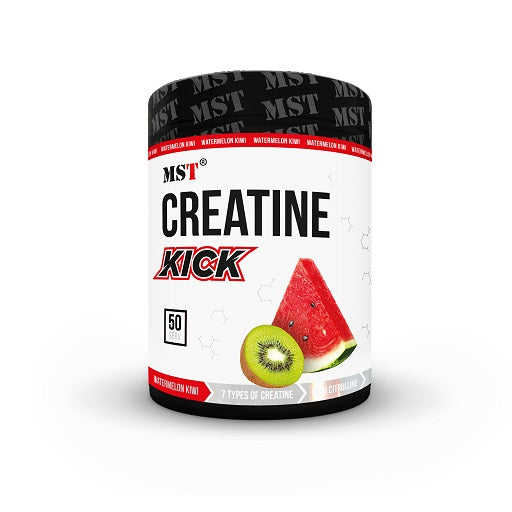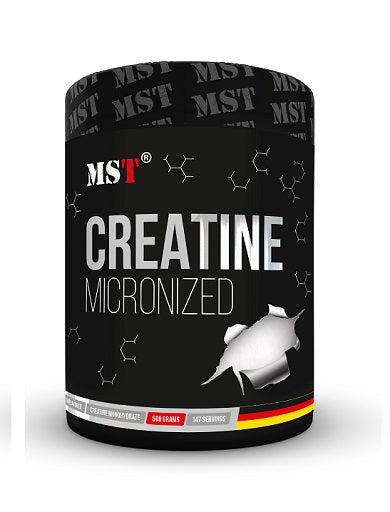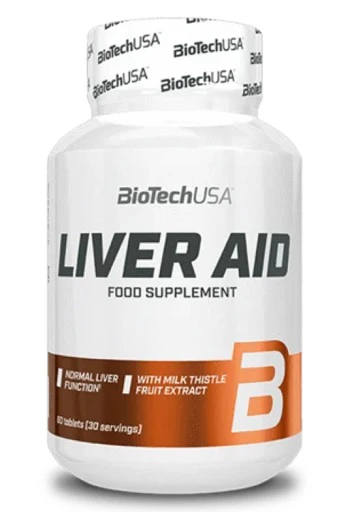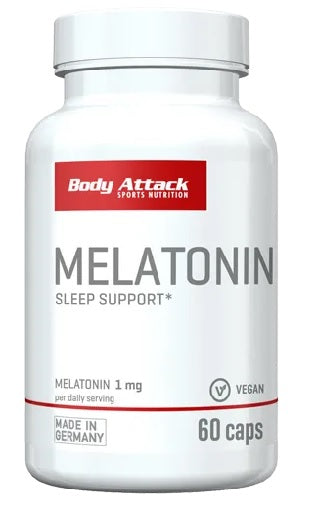When you look at the global prevalence of obesity, it is obvious that weight loss is not just an external problem, but a problem for society as a whole. It's about reducing body weight while reducing body fat percentage. When you're trying to lose weight, you're inundated with a huge selection of programs, products, tips, and procedures presented to you every day in virtually every medium. In today's world, the insecurity of doing the right thing is a much bigger problem than the actual goal of losing weight.
Macronutrient theory is an essential part of any diet strategy, regardless of who develops it. In addition to the basics of calorie balance, it forms the foundation for successful nutrition planning. In the current nutrition trend scene, protein is given a special position in diet phases among the main nutrients protein, carbohydrates and fat. Protein is of great importance to maintain lean mass. It has the ability to increase calorie consumption by improving how the body processes food. In addition, protein appears to have a satiety-inducing effect.
What is the truth behind these theses?
Protein plays an important role in protecting lean mass during dieting periods.
The presence of protein is essential for building lean mass (muscle mass) during the bulking phase and is equally important for maintaining lean mass (muscle mass) during the weight loss phases. According to the European Food Safety Authority (EFSA), this is confirmed in its claim for the use of protein as a dietary supplement. Numerous studies have suggested that restricting energy intake, particularly in conjunction with physical activity, increases protein requirements. (2-10) The leading specialist societies (11-20) recommend a protein intake of 1.2 to 2.2 g per kilogram of body weight for physically active people, provided that the basic caloric supply is sufficient (hypocaloric, isocaloric).
However, a recalculation of the bill is necessary for phases of deficit supply. Butterfield et al. ( ) conducted a study which revealed that consuming 2 g of protein per kilogram of body weight is not sufficient to achieve a balanced nitrogen balance, even when combined with mild calorie deficit and running 5 to 10 miles. In their study, Walberg et al (9) examined the effects of energy-restricted diets in non-competitive male individuals. One group consumed 0.8g of protein per kilogram of body weight, while the other group consumed 1.6g of protein per kilogram of body weight. Although both groups consumed the same amount of calories, the low-protein group showed a significant loss of fat-free mass (LBM) within a week, while the high-protein group did not. Although the LBM loss was attenuated, the 1.6 g protein group was also unable to fully compensate for the requirement. The most recent studies by Mettler et al. show that administering 2.3 g of protein per kilogram of body weight is more effective than 1.6 g of protein per kilogram of body weight in maintaining lean mass. According to research from Phillips and Van Lohn and Helms, athletes on calorie restriction are recommended to consume protein intakes ranging from 1.8g to 3.1g per kilogram of body weight or even fat-free mass.
It is generally recommended that the higher the calorie deficit and the lower the body fat content, the higher the protein intake should be.
For someone with an even higher body fat percentage, this can mean:
It is recommended that you aim for a protein intake of at least 1.8 g per kilogram of body weight.
The target weight should be used instead of or in addition to the actual weight.
A person with low body fat could mean this.
It is recommended to stick to an increased protein intake from a body weight of 2.3 g per kilogram.
Consuming protein increases the body's energy consumption.
The technical term for the calories that an energy source needs to metabolize itself is called food-induced thermogenesis, or the Thermic Effect of Food (TEF). It is often read and heard that this effect is particularly pronounced with protein. For this reason, one can save calories "internally" by consuming more protein with a high thermic effect of food utilization (TEF) and consuming fewer carbohydrates or fat with a lower TEF.
What seems easy to understand and clear at first glance is actually much less clear. In their writings about the TEF, researchers not only deal with its actual meaning, but also with the variable factors that must arise in this context.
The studies by Heymsfield (21) and Kinabo (22) suggest that the Thermic Effect of Food (TEF) depends primarily on the amount of total calories consumed rather than the type of macronutrients consumed.
With regard to the existing body weight, Segal and Kutin (23) show differences in the expression of TEF. The importance decreases if there is excess weight.
Riggs et al (2) and Schutz et al (25) argue that the TEF is also reduced in individuals with existing underweight compared to individuals with normal weight.
Differences in the thermic effect of eating (TEF) in relation to meal size have been demonstrated by Vaz et al (26) and Kinabo et al (27). The "less but bigger" principle creates a greater thermal effect of food (TEF) compared to several small meals.
Barr et al (28) demonstrated that the degree of food processing affects the thermal effect of food (TEF). The lower the TEF, the more the food is processed.
In practical terms, this confusion means that someone who wants to lose weight cannot quantify exactly how many calories they can or will save through TEF. It appears that protein triggers the greatest thermic effect of foods. However, as already mentioned, numerous variables can either increase this effect or prevent it completely. It is advisable to set the target calorie amount of the diet independently of the TEF. Although consuming more protein may have an additional benefit from a gross and net calorie perspective, it is not mandatory.
Protein keeps me fuller for longer.
The third theory of the "pro-protein in the diet" states that consuming more protein is beneficial during times of calorie deficit because it fills you up longer than other nutrients. People who feel full longer have a better chance of successfully following a diet and maintaining it over the long term.
To quantify the statement, Holt et al (1995) introduced the Satiety Index of Common Foods. To investigate this, researchers gave participants 1000kJ from 38 different foods. They monitored the subjects' hunger for the next three hours and also recorded the number of calories they consumed at the buffet three hours later. The attached diagram illustrates the saturation index of different nutrient groups. An arbitrary reference value of 100 was set for white bread.

It is impossible to draw a firm conclusion from the available data about whether protein is actually the leader in satiety. However, the few examples show that foods with a lot of protein appear to be more filling.
It seems exciting to deal with energy density in this context. The term refers to the relationship between the weight of a food and the calories it contains. It can be concluded that foods with low calorie density, such as potatoes or oranges, produce greater satiety per calorie consumed compared to foods with high calorie density, such as full-fat cheese. Finally, foods higher in fiber lead to greater satiety compared to foods low in fiber.
Returning to the original topic, we can confirm from a meta-analysis by Dhillin et al (30) that increased protein intake in the diet is more satiating than lower protein intake. Some individual studies, such as the study by Lim et al. (31) have also examined different amounts of protein in conjunction with a calorie-restricted diet and found no significant benefit under conditions of high protein intake. Since the high-protein group only received 1.2 g of protein per kilogram of body weight, this result is methodologically questionable and not representative.
Proteins play a critical role during weight loss by preventing the protective loss of fat-free mass. It seems reasonable to consume slightly more protein during reduction phases than during refueling phases.
Protein ensures effective satiety and can also change the ratio of gross to net calorie utilization in favor of a reduction. However, it would be wrong to base a weight loss strategy on these two characteristics. On the one hand, other food components such as fiber, which are almost calorie-free, are also more filling. On the other hand, the actual thermal effect of food depends on many variables that cannot be fully understood.
























































